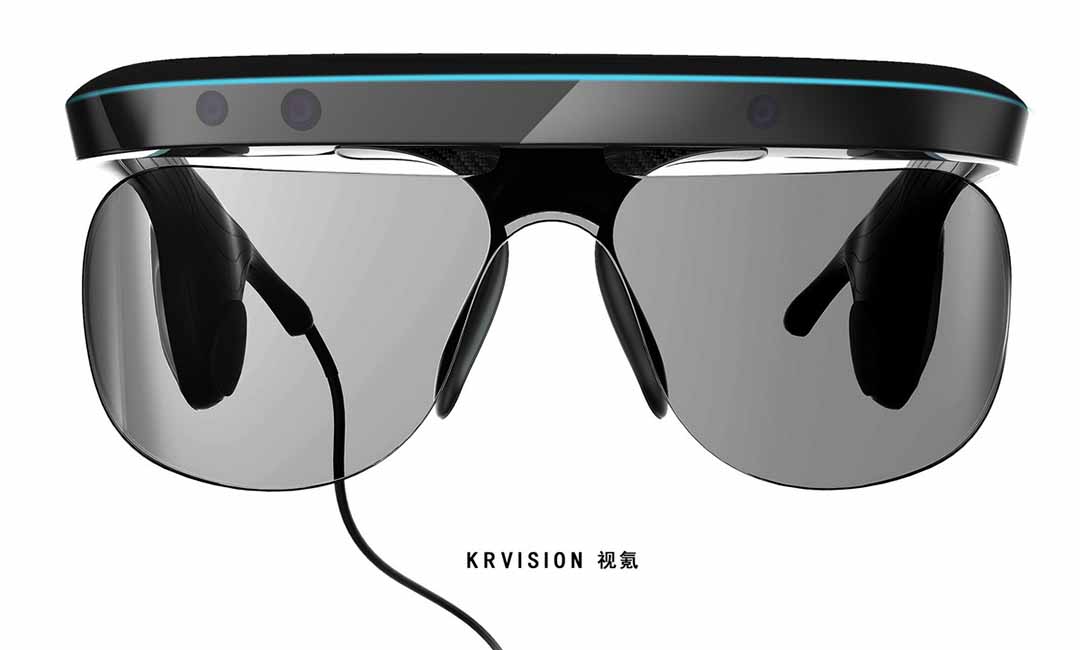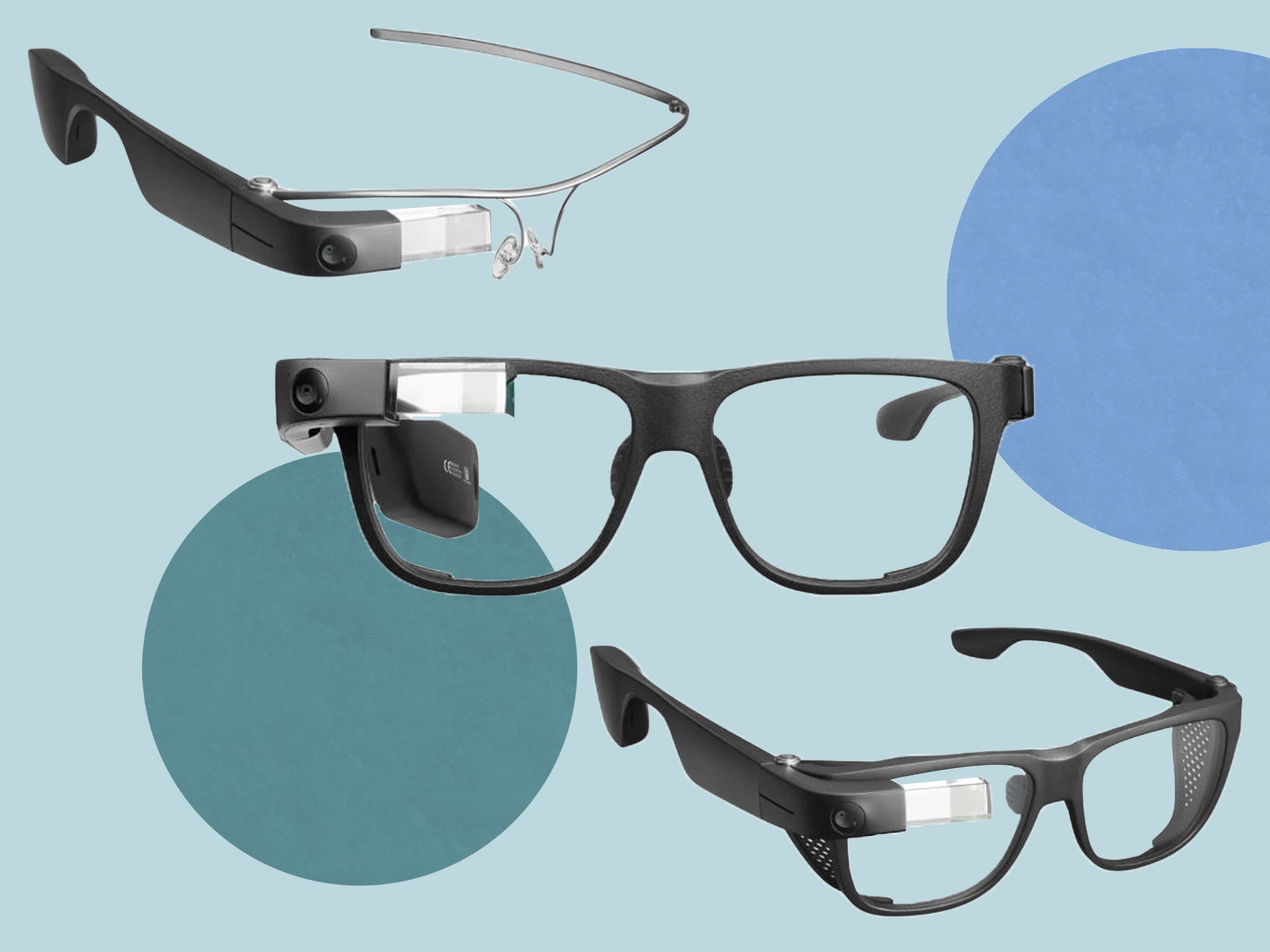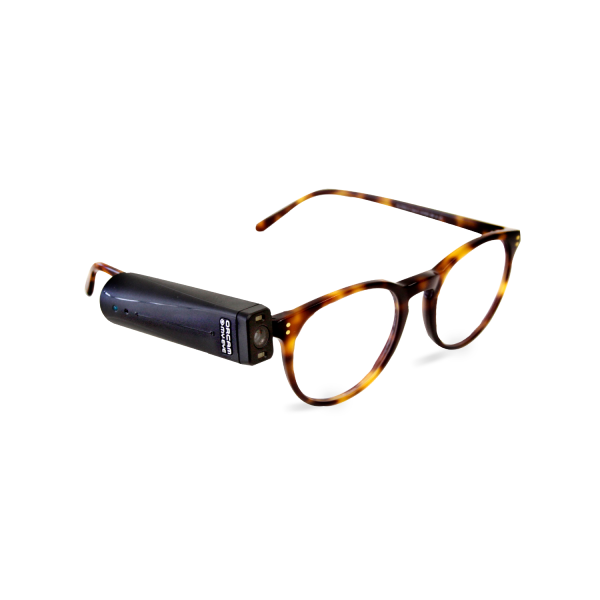Wearable Technology for Low Vision: Transforming How We Navigate the World
Wearable Technology for Low Vision: Transforming How We Navigate the World
Blog Article
Discover Advanced Assistive Instruments for People With Aesthetic Impairments
The landscape of assistive modern technology for individuals with visual disabilities is developing quickly, presenting a variety of innovative tools that boost freedom and interaction (Braille displays and notetakers). From wise glasses that flawlessly combine visual input with auditory assistance to innovative navigation applications that redefine spatial awareness, these devices are improving possibilities. Furthermore, the most recent improvements in Braille innovation and voice-activated systems substantially add to ease of access. The ramifications of these advancements prolong far beyond plain performance; they challenge standard assumptions of special needs and self-reliance. What might this mean for the future of inclusion and support?
Smart Glasses Innovations
Smart glasses stand for a considerable advancement in assistive technology for people with aesthetic impairments. These cutting-edge devices incorporate different attributes designed to boost the user's interaction with their atmosphere. Furnished with sensing units and cameras, wise glasses can capture real-time visual information, which is then refined and communicated to the individual with audio responses or haptic feelings. This functionality permits people to obtain immediate descriptions of their surroundings, boosting their ability to engage and browse with the globe.
In addition, developments in man-made intelligence have actually further enhanced the capabilities of clever glasses. Equipment understanding formulas can acknowledge faces, read message, and determine items, making them vital tools for day-to-day jobs. Customers can get auditory hints that supply context regarding their setting, cultivating self-reliance and self-confidence.
Furthermore, the ergonomic style and light-weight nature of lots of clever glasses make them suitable for prolonged use, making certain comfort while improving functionality. As these gadgets remain to evolve, they hold the potential to change the way individuals with visual problems experience their day-to-days live, bridging the void between ease of access and modern technology. The recurring r & d in this area guarantee to expand the possibilities for clever glasses, making them an essential component of modern assistive devices.
Navigation Application and Devices
Many navigation apps and tools have actually emerged as vital resources for individuals with visual impairments, considerably improving their capability to go across strange settings. These innovations utilize GPS performance, audio cues, and real-time information to offer individuals with exact navigation assistance.
One noticeable instance is the Aira application, which links customers to skilled representatives who can give visual descriptions of surroundings and navigation guidance with a real-time video feed. This solution improves the individual's spatial recognition and confidence while browsing. An additional notable tool is Seeing Eye GPS, which supplies voice-guided navigating and points of rate of interest, enabling individuals to accessibility essential info about their surroundings.

As technology proceeds to advance, the development of a lot more advanced navigation tools guarantees to further encourage people with visual problems, facilitating smooth mobility and integration right into varied atmospheres. Such advancements are crucial in advertising a much more comprehensive culture.
Braille Modern Technology Advancements
In recent times, developments in Braille technology have actually substantially changed exactly how individuals with aesthetic impairments accessibility info and engage with the world around them. The development of portable Braille screens has reinvented reading by allowing users to connect wirelessly to tablets, mobile phones, and computers. These tools convert message into Braille in real-time, allowing smooth communication with digital material.
Additionally, ingenious Braille printers have actually arised, enhancing the production of tactile products. Modern embossers are much faster and more reliable, allowing for the rapid production of Braille papers and instructional materials. This effectiveness reduces the moment and expense linked with creating Braille sources, making them more accessible to institutions and organizations.
Furthermore, the integration of Braille with other technologies, such as man-made knowledge and device discovering, has actually opened up brand-new opportunities for personalized knowing experiences. Voice acknowledgment and synthesis technologies can enhance Braille, providing a comprehensive method to information circulation.
As the need for inclusive education and learning and office atmospheres expands, these technical improvements play a crucial function in equipping individuals with visual impairments, ensuring they have equivalent access do optometrists do surgery to details and possibilities in different aspects of life.
Wearable Tools for Self-reliance
A growing array of wearable gadgets is enhancing self-reliance for people with aesthetic problems, supplying cutting-edge services that enhance navigating and everyday living. Braille displays and notetakers. These gadgets use sophisticated innovations to give real-time comments and assistance, advertising autonomy in different atmospheres

Wearable innovation additionally includes smartwatches that can be configured with availability features, go to these guys making it possible for customers to get alerts, track their places, or perhaps require aid with the touch of a switch. Some devices incorporate man-made knowledge to analyze the atmosphere, offering audio descriptions of neighboring objects or individuals.
Voice-Activated Assistive Solutions
Leveraging voice-activated assistive remedies has actually changed the landscape of assistance for people with visual problems, providing hands-free interaction and access to a variety of jobs. These innovations utilize natural language processing and expert system to make it possible for customers to do everyday tasks via easy voice commands.

Additionally, recent innovations in voice recognition accuracy have boosted the customer experience considerably, accommodating varied accents and speech patterns. This inclusivity makes sure that more people can take advantage of these modern technologies, fostering a greater feeling of autonomy.
Conclusion
Finally, the growth of innovative assistive gadgets significantly enhances the self-reliance and lifestyle for people with visual disabilities. view it now Advancements such as smart glasses, navigating applications, Braille technology, wearable tools, and voice-activated services jointly foster an even more comprehensive setting. These innovations equip customers to browse their surroundings with confidence and involve even more completely with the globe, inevitably advertising greater availability and equal possibilities for individuals dealing with aesthetic challenges.
The landscape of assistive innovation for individuals with aesthetic disabilities is evolving rapidly, offering an array of ingenious gadgets that improve autonomy and interaction.Smart glasses represent a significant advancement in assistive technology for people with aesthetic problems. As these tools proceed to advance, they hold the potential to reinvent the way individuals with aesthetic problems experience their daily lives, linking the void in between access and innovation.In current years, improvements in Braille innovation have significantly changed just how individuals with visual impairments access info and involve with the globe around them. These modern technologies encourage users to navigate their surroundings with self-confidence and engage even more totally with the globe, eventually promoting higher availability and equal possibilities for individuals encountering visual obstacles.
Report this page